
Radical 1 or radical one (一部) meaning "one" is one of the 6 Kangxi radicals composed of 1 stroke.
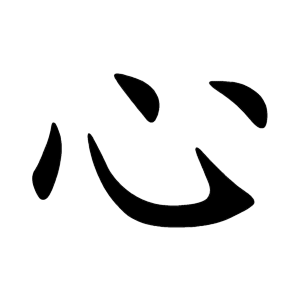
Radical 61 or radical heart (心部) meaning "heart" is one of 34 of the 214 Kangxi radicals that are composed of 4 strokes.

Radical 3 or radical dot (丶部) meaning "to indicate an end" is one of six of the 214 Kangxi radicals that are composed of only one stroke.

Radical 140 or radical grass (艸部) meaning "grass" is one of 29 of the 214 Kangxi radicals that are composed of 6 strokes. It transforms into 艹 when appearing at the top of a character or component. In the Kangxi Dictionary and in modern standard Traditional Chinese as used in Taiwan, Hong Kong and Macau, 艹 consists of four strokes, while in Simplified Chinese and modern Japanese, 艹 consists of three strokes.

Radical 18 or radical knife (刀部) meaning "knife" is one of 23 Kangxi radicals composed of 2 strokes.
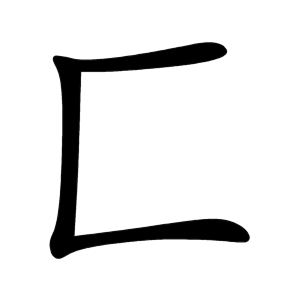
Radical 22 or radical right open box (匚部) meaning "box" is one of the 23 Kangxi radicals composed of two strokes.

Radical 32 or radical earth (土部) meaning "earth" is one of the 31 Kangxi radicals composed of three strokes.

Radical 75 or radical tree (木部) meaning "tree" is one of the 34 Kangxi radicals composed of 4 strokes.
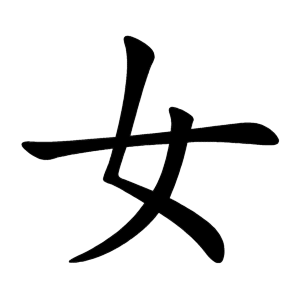
Radical 38 or radical woman (女部) meaning "woman" or "female" is one of the 31 Kangxi radicals composed of three strokes.
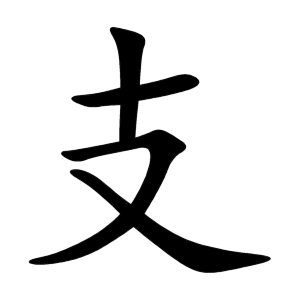
Radical 65 or radical branch (支部) meaning "branch" is one of the 34 Kangxi radicals composed of 4 strokes.
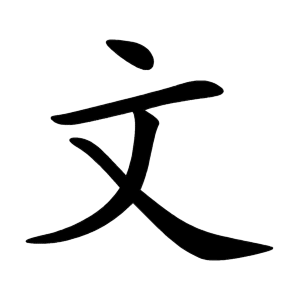
Radical 67 or radical script (文部) meaning "script" or "literature" is one of the 34 Kangxi radicals composed of 4 strokes.
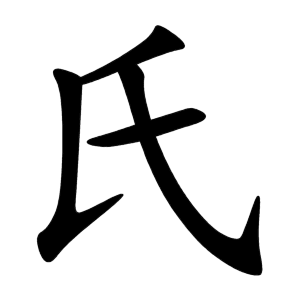
Radical 83 or radical clan (氏部) meaning "clan" is one of the 34 Kangxi radicals composed of 4 strokes.
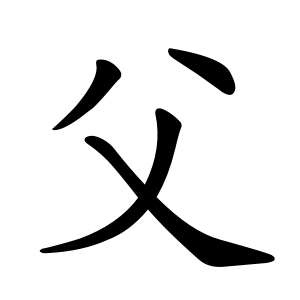
Radical 88 or radical father or light (父部) meaning "father" is one of the 34 Kangxi radicals composed of 4 strokes.
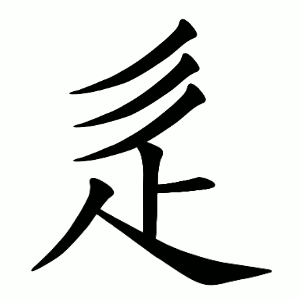
Radical 162 or radical walk (辵部) meaning "walk" is one of the 20 Kangxi radicals composed of 7 strokes. When used as a component, this radical character transforms into ⻍, ⻌, or ⻎.

Radical 169 or radical gate (門部) meaning "gate" or "door" is one of the 9 Kangxi radicals composed of 8 strokes.
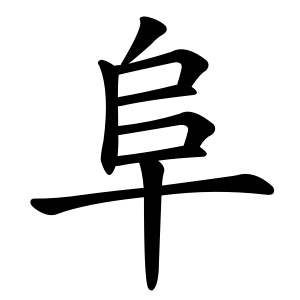
Radical 170 or radical mound (阜部) meaning "mound" or "dam" is one of the 9 Kangxi radicals composed of 8 strokes. This radical character transforms into 阝 when used as a left component.

Radical 173 or radical rain (雨部) meaning "rain" is one of the 9 Kangxi radicals composed of 8 strokes. This radical character transforms into ⻗ when used as an upper component.

Radical 175 or radical wrong (非部) meaning "wrong" is one of the 9 Kangxi radicals composed of 8 strokes.
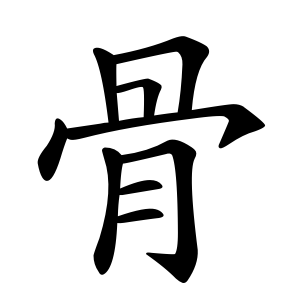
Radical 188 or radical bone (骨部) meaning "bone" is one of the 8 Kangxi radicals composed of 10 strokes.

Radical 198 or radical deer (鹿部) meaning "deer" is one of the 6 Kangxi radicals composed of 11 strokes.
























